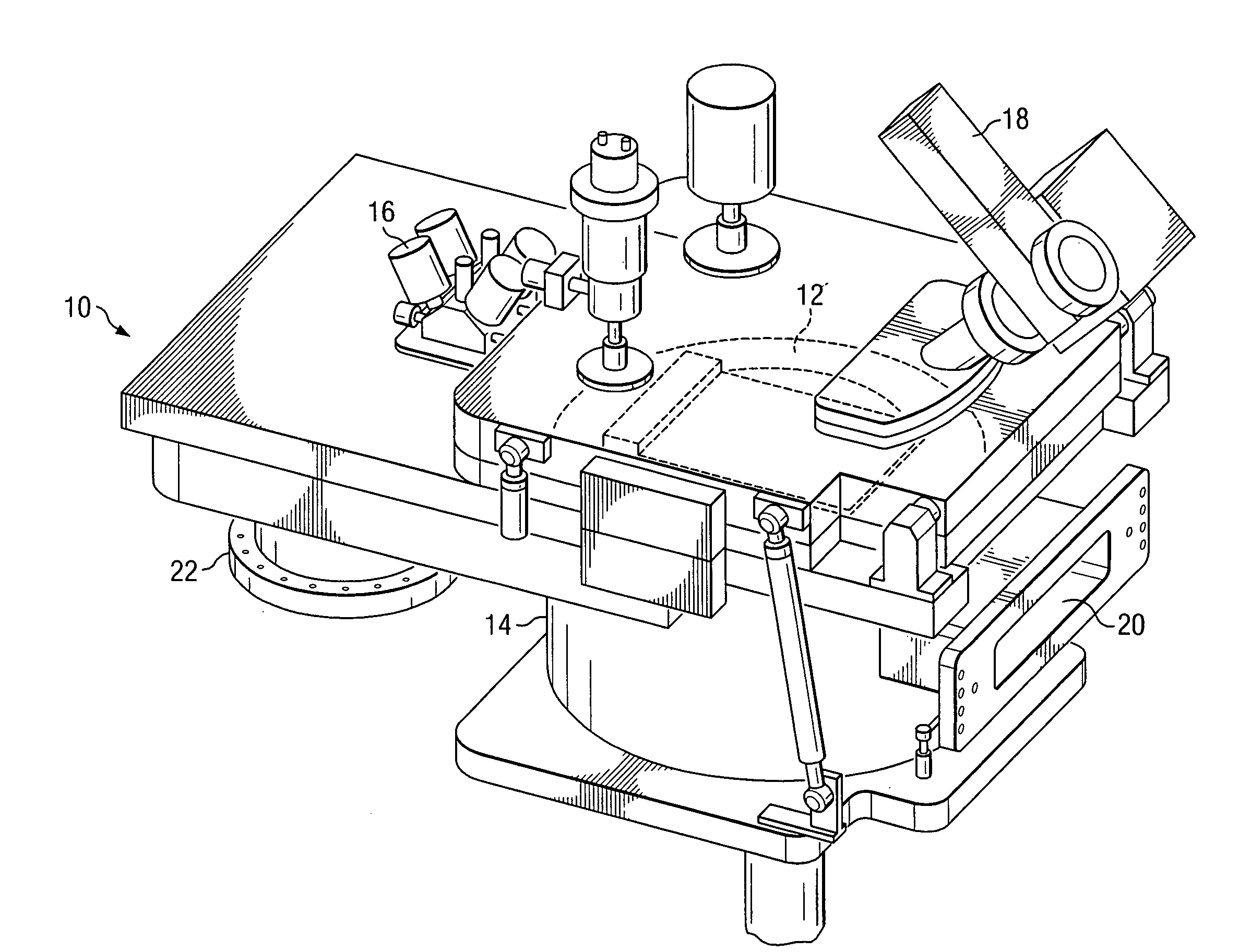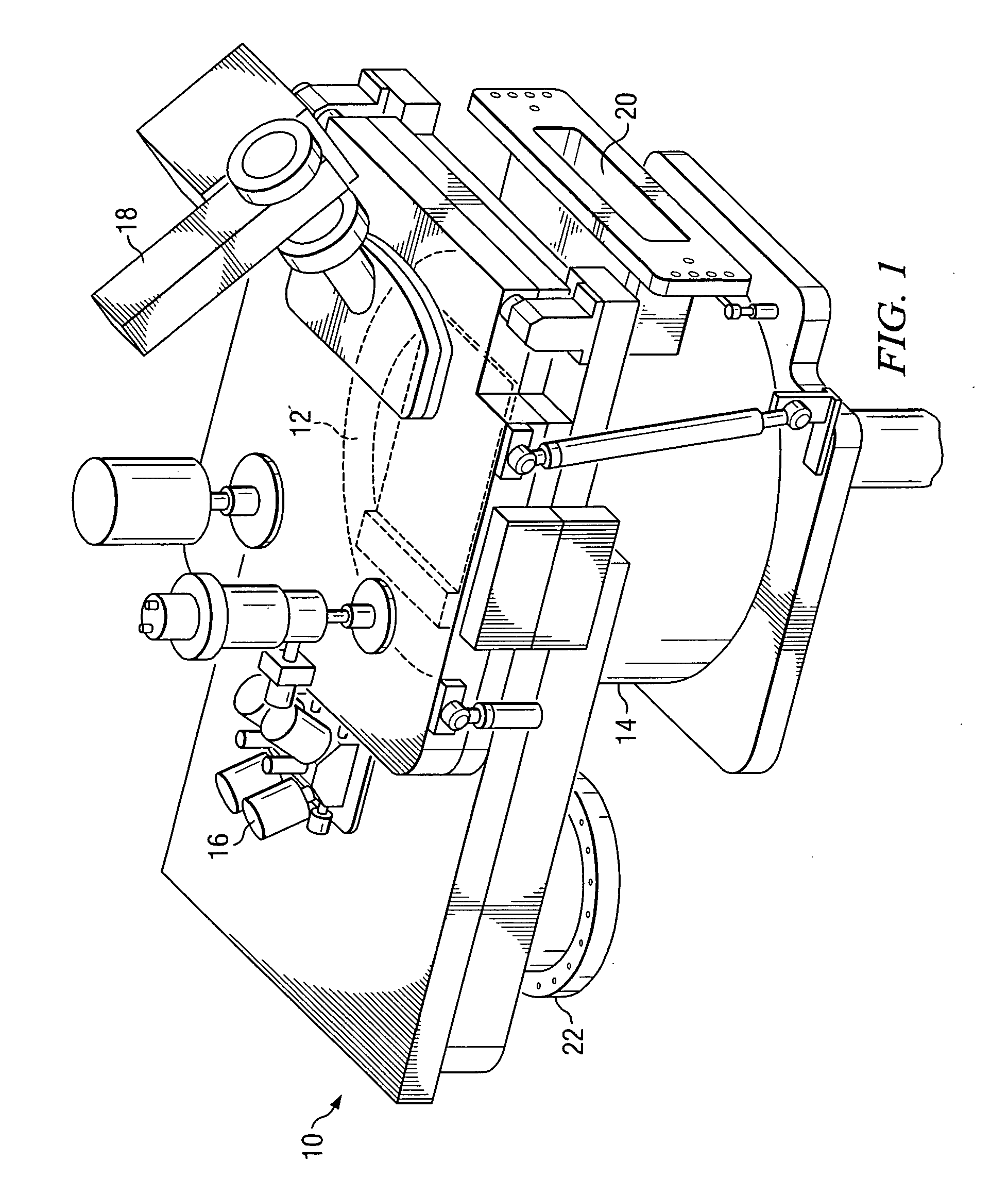Nanolaminate thin films and method for forming the same using atomic layer deposition
- Summary
- Abstract
- Description
- Claims
- Application Information
AI Technical Summary
Benefits of technology
Problems solved by technology
Method used
Image
Examples
Embodiment Construction
[0029] Preferred embodiments of the present invention and their advantages are best understood by reference to FIGS. 1 through 10, where like numbers are used to indicate like and corresponding parts.
[0030] The conceptual groundwork for the present invention involves an atomic layer deposition (ALD) process to create highly conformal thin films. In an ALD process, a precursor and a reactant, such as a reactant gas are sequentially pulsed onto the surface of a substrate contained in a reaction chamber, without mixing the precursor and reactant in the gas phase. Each of the precursor and the reactant reacts with the surface of the substrate to form an atomic layer in such a way that only one layer of a material forms at a time. The introduction of the precursor and / or the reactant into the reaction chamber may be referred to as a doping pulse. In between doping pulses, the reaction chamber may be purged by flowing an inert gas over the substrate. One film that may be formed using an ...
PUM
| Property | Measurement | Unit |
|---|---|---|
| Temperature | aaaaa | aaaaa |
| Temperature | aaaaa | aaaaa |
| Temperature | aaaaa | aaaaa |
Abstract
Description
Claims
Application Information
 Login to View More
Login to View More - R&D
- Intellectual Property
- Life Sciences
- Materials
- Tech Scout
- Unparalleled Data Quality
- Higher Quality Content
- 60% Fewer Hallucinations
Browse by: Latest US Patents, China's latest patents, Technical Efficacy Thesaurus, Application Domain, Technology Topic, Popular Technical Reports.
© 2025 PatSnap. All rights reserved.Legal|Privacy policy|Modern Slavery Act Transparency Statement|Sitemap|About US| Contact US: help@patsnap.com



